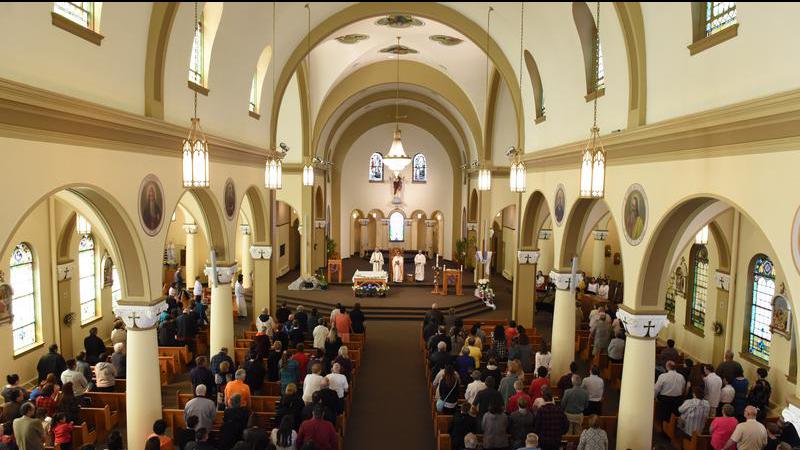
Why are more Saskatchewan residents leaving religion behind?
To pray or not to pray. To attend mass, Sunday service, or a gathering at the temple. Those are the questions that were asked in last year’s Census and for Saskatchewan, the numbers are dropping.
According to statistics released last month from the 2021 Census, the number of Saskatchewan residents holding a non-religious affiliation has nearly doubled in the last 10 years.
Currently, close to 404,000 residents declared no religion in the census. About 621,250 people identified as Christian with 25,455 identifying as Muslim, making it the second-largest religion in the province.
Those numbers though are a big change from the last time religious data was gathered in the 2011 National Household Survey. Following that survey, 246,305 Saskatchewan people said they had no religious affiliation with almost 727,000 people claiming Christianity as their faith.


